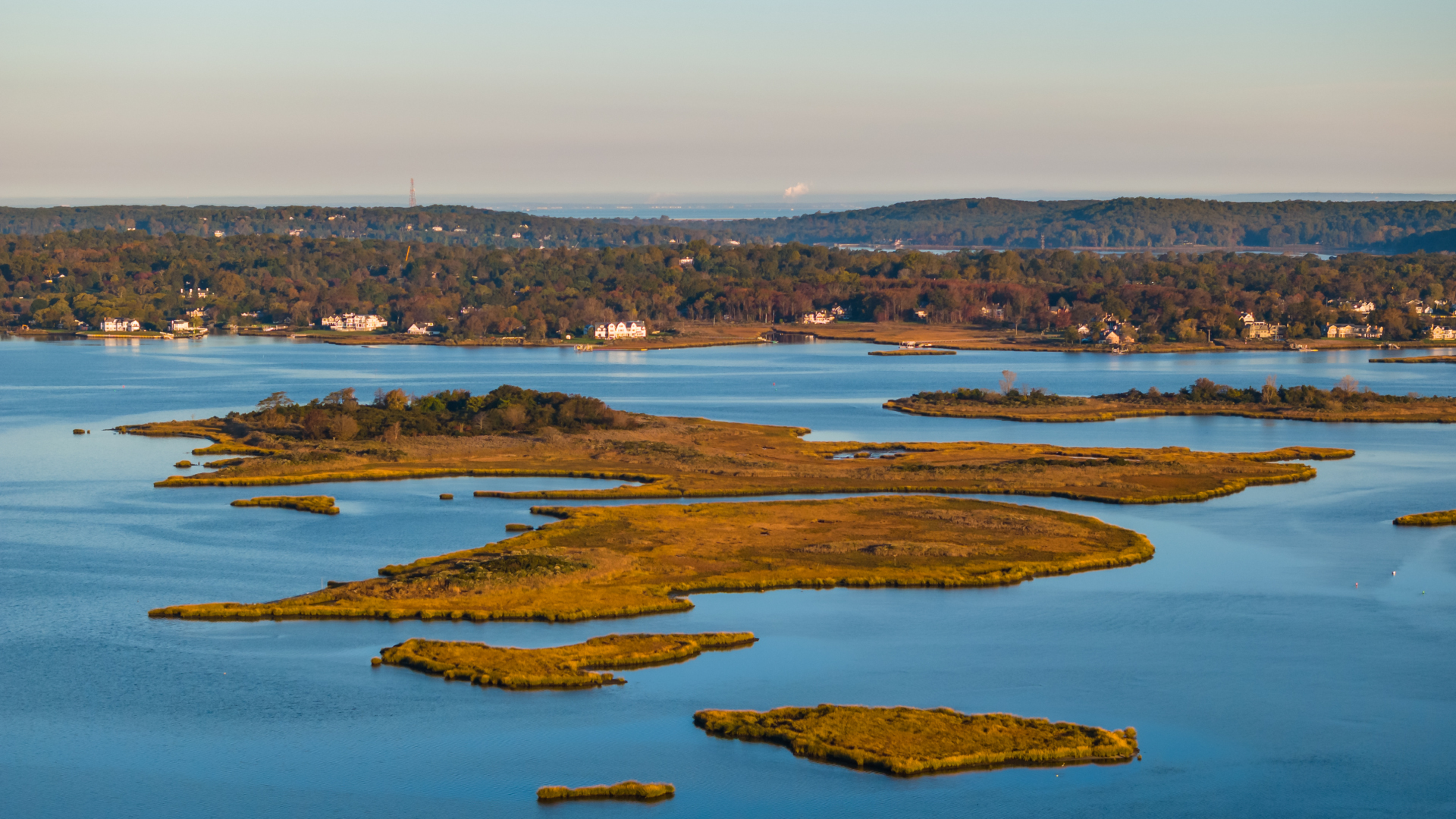Resumption of Dredging Efforts in Shrewsbury and Navesink Rivers
MIDDLETOWN, NJ — After a temporary pause to protect local fish populations, the crucial dredging of the Shrewsbury and Navesink Rivers is back on track and is expected to be completed by the end of 2024. This project is essential for maintaining safe navigation and supporting local commerce in the region.
U.S. Congressman Frank Pallone (D-NJ6) provided the latest update, announcing the resumption of dredging operations. Work on the project was initially paused in January 2024 to accommodate fish spawning season. However, the U.S. Army Corps of Engineers resumed the dredging activities in September, aiming to restore safe navigation for boaters in the area.
Importance of the Dredging Project for Local Communities
Pallone emphasized the vital role of this dredging project, both for recreational boating and the local economy.
“Dredging these rivers is essential for both recreation and commerce,” Pallone stated. “The Shrewsbury and Navesink rivers are not only natural treasures but also play a critical role in supporting the economy of our coastal communities.”
By addressing dangerous shoaling—areas where sand bars accumulate—the dredging project ensures safer navigation for boaters, making it a top priority for the region.
Phased Dredging Operations: Ensuring Safe Waterways
The dredging project is divided into three main phases, with each phase targeting specific areas and materials:
Phase 1: Dredging Sand from Sandy Hook Bay
The first phase, completed in summer 2023, involved removing sand material from the mouth of Sandy Hook Bay, extending south to the Rt. 36 bridge. This phase helped clear the initial shoaling that posed risks to boaters.
Phase 2: Sand Dredging in Shrewsbury and Navesink Rivers
The second phase, which commenced in fall 2023, focuses on removing the remaining sand deposits from both rivers. This sand will be transported to Monmouth Beach, where it will be used for beach replenishment, benefiting the local coastal environment.
Phase 3: Silt Dredging for Long-Term Navigation
The final phase, running concurrently with the second, targets the removal of silt from the federal channels of both rivers. In the Shrewsbury River, dredging will extend as far west as the Branchport Ave. bridge in Long Branch, while the Navesink River will be dredged up to the Rt. 35 Bridge in Red Bank. The dredged silt will be transported to Woodbridge, where it will be processed and repurposed as construction fill.
Environmental and Economic Benefits of Dredging
This dredging project not only improves navigation for local boaters but also contributes to coastal protection and economic growth in the area. By replenishing Monmouth Beach with dredged sand, the project helps maintain the shoreline, protecting local infrastructure from erosion. Additionally, the repurposing of dredged silt into construction fill highlights the project’s commitment to environmental sustainability.
Dredging Completion Timeline and Long-Term Impact
The U.S. Army Corps of Engineers aims to complete all phases of the dredging project by the end of January 2024. Once finished, the Shrewsbury and Navesink rivers will be safer for navigation, supporting both recreational and commercial activities in the region for years to come.
Conclusion
By addressing dangerous shoaling and restoring navigable waterways, the dredging of the Shrewsbury and Navesink rivers is a critical project that benefits local communities, the environment, and the regional economy. The completion of this project will ensure safer boating conditions and contribute to the long-term health of the area’s coastal ecosystem.
